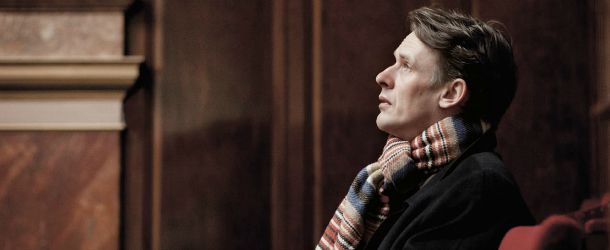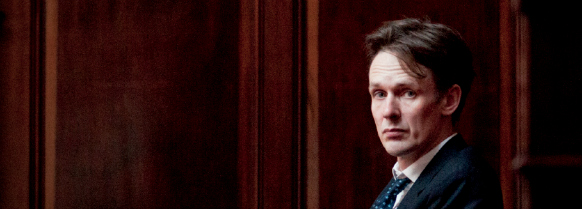Tag: Wenwen Du
-

PROGRAM NOTES: IAN BOSTRIDGE & WENWEN DU
Gustave Mahler Three Des Knaben Wunderhorn Songs The collection of German folk poetry published between 1805 and 1808 under the title Des Knaben Wunderhorn (The Youth’s Magic Horn) had an enormous influence on the development of German lyric poetry and song in the 19th century, and the artless simplicity of these verses was particularly attractive…
-

PROGRAM NOTES: IAN BOSTRIDGE & WENWEN DU
Franz Schubert Winterreise It is a fact of musical life that there are commonly accepted ‘right’ ways (and even more ‘wrong’ ways) of performing the great works of past. These works arrive on our music stands embedded with notions of ‘stylistic correctness’ that guide our first attempts at interpretation, serving the same function as the lines…


